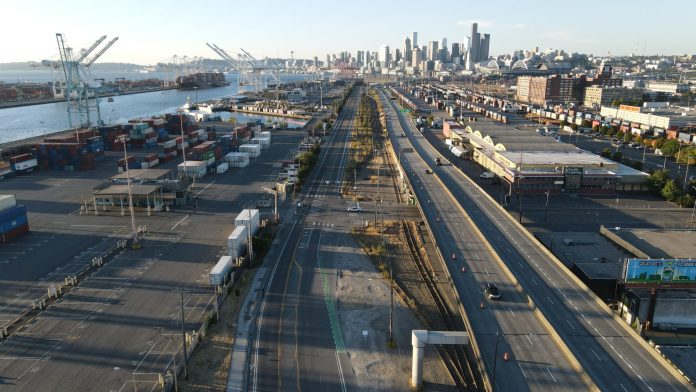
In mid-April, the U.S. Department of Transportation stopped accepting applications for one of its signature federal funding programs: the Rebuilding American Infrastructure with Sustainability and Equity (RAISE) grant program. Thanks to the so-called Bipartisan Infrastructure Law passed last year, the RAISE grant program is set to hand out $1.5 billion dollars for transportation projects across the country, a 50% increase compared to 2021 before the infrastructure law took effect. In 2022, the biggest city department of transportation in Washington, Seattle, will be taking a break from submitting applications for any RAISE grant funds, providing an opening for other regional governments.
Last year, the Seattle Department of Transportation (SDOT) was awarded $20 million in RAISE grant funds to overhaul the north segment of East Marginal Way S. That grant came during the same cycle that the city was awarded $11.2 million for repairs to the West Seattle Bridge via another competitive federal grant program, the Infrastructure for Rebuilding America (INFRA) grant. However, the department will also take a year off on applying for any new INFRA grants.
“Based on the success we had with RAISE and INFRA in 2021, we recognized that we are likely not going to be competitive for these programs in 2022,” Mariam Ali of SDOT confirmed. “We will be using our resources over the coming year to focus on the many other grants that were created in the IIJA [the bipartisan infrastructure law].”
RAISE grants are very versatile, funding everything from bus corridor upgrades to rail-to-trail projects to multimodal corridor projects like East Marginal Way. Seattle stepping aside, even as it was less likely to be super competitive this cycle due to recent success, opens the door for other governments around the region to be highly rated.
The Urbanist has obtained a memo produced by SDOT outlining the decision not to move forward with any RAISE grant application in 2022 and running through a list of the top contenders for funding that were eliminated. The memo offers some clues for how the department is currently operating as we near six months with an interim director in Kristen Simpson after Sam Zimbabwe was shown the door late last year. The fact that there are no contenders ready for project applications for a high profile grant program like RAISE is eyebrow raising, to say the least.
Accessible Mount Baker Still On the Back Burner
The memo includes five potential ideas for applications: one of these is the Accessible Mount Baker project. The idea behind Accessible Mount Baker is to revamp the area around the Mount Baker light rail station where Rainier Avenue S and MLK Jr Way S intersect to be more pedestrian and bike friendly and tame an incredibly car-dominated area.
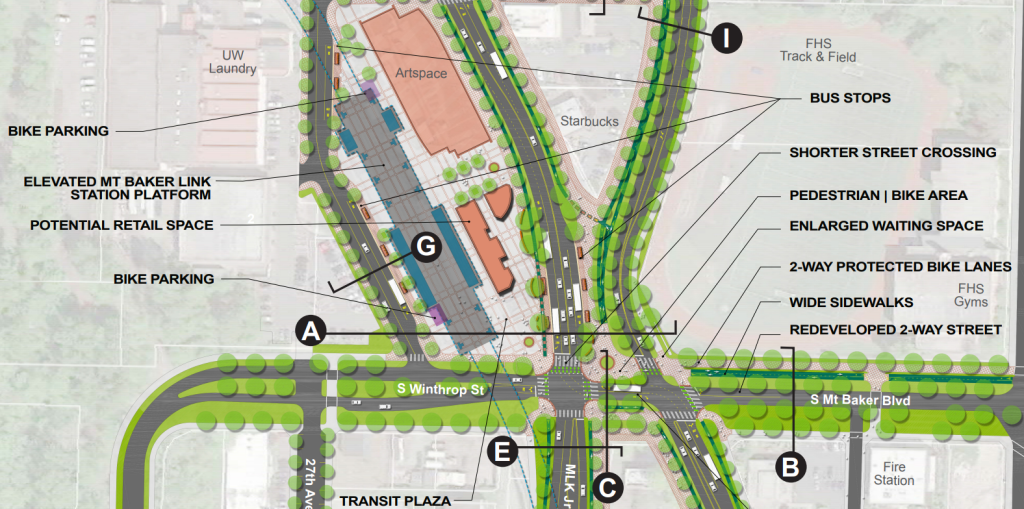
First proposed via a neighborhood action plan for the North Rainier area in 2010, the project gained steam in the lead up to passage of the Move Seattle Levy, with SDOT releasing some early concepts as part of community outreach in 2015 and then an 82-page plan that outlined how things could advance in 2016. The levy itself included several million dollars to implement a set of “near term” improvements at the intersection, most of which are now planned to be implemented near the end of the nine-year levy’s lifespan.
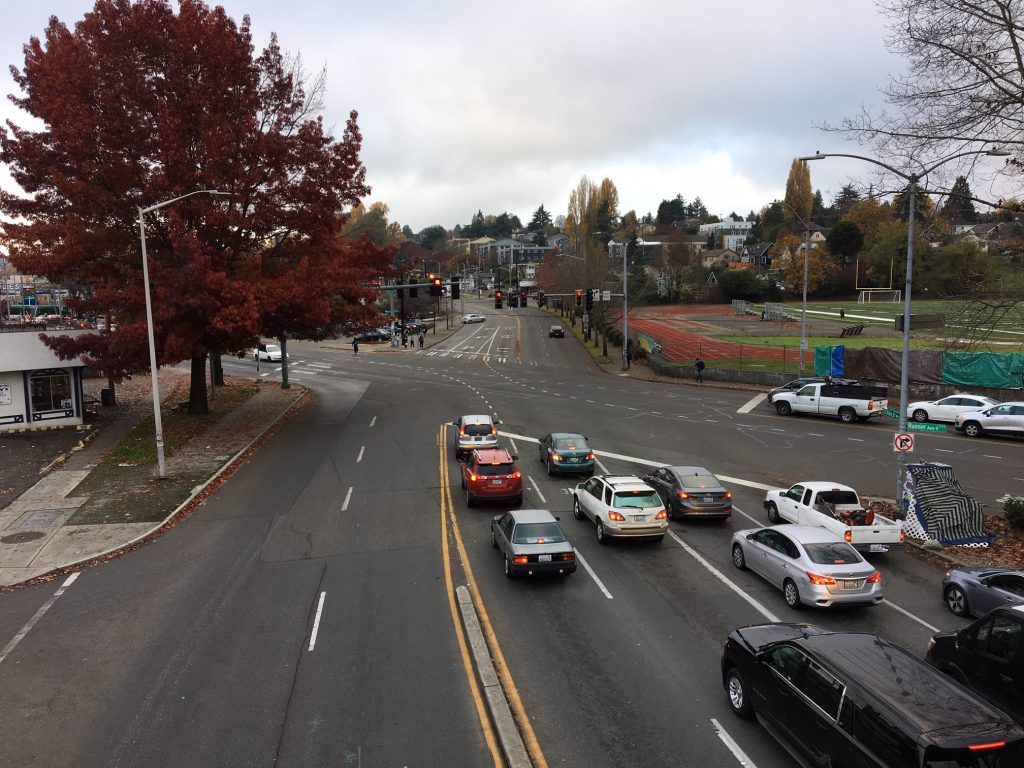
The RAISE grant memo notes that Accessible Mount Baker only needs between $1 million and $3 million to complete planning, actually making it too small to be competitive for a planning grant via RAISE. But if that funding isn’t able to be secured, the city won’t be able to apply for construction funds in future cycles, with the extra funds for grant programs like RAISE only extending until 2026. Given that the planning study for Accessible Mount Baker was completed six years ago, it’s clear this project isn’t as high of a priority as one like East Marginal Way (which started planning around 2015 as well) even though the benefits for safety and encouraging trips to be made by biking or walking are clearly much greater. Right now it looks like Accessible Mount Baker is being strung along to be dangled in front of voters for Seattle’s next transportation levy in 2024.
Bridge Funding
Another top contender in the RAISE grant memo is a set of bridge upgrade projects, namely funding for design and construction on seismic upgrades for the Fremont and Ballard bridges, currently pegged at $30 million each. Last year, Councilmember Alex Pedersen led the charge to get the city to pay for these projects itself via a bond issue, which would have added unfunded interest costs that could have led SDOT to cut other projects it is planning. But the Harrell Administration decided to hold off on issuing those bonds, in part due to grant opportunities like RAISE.
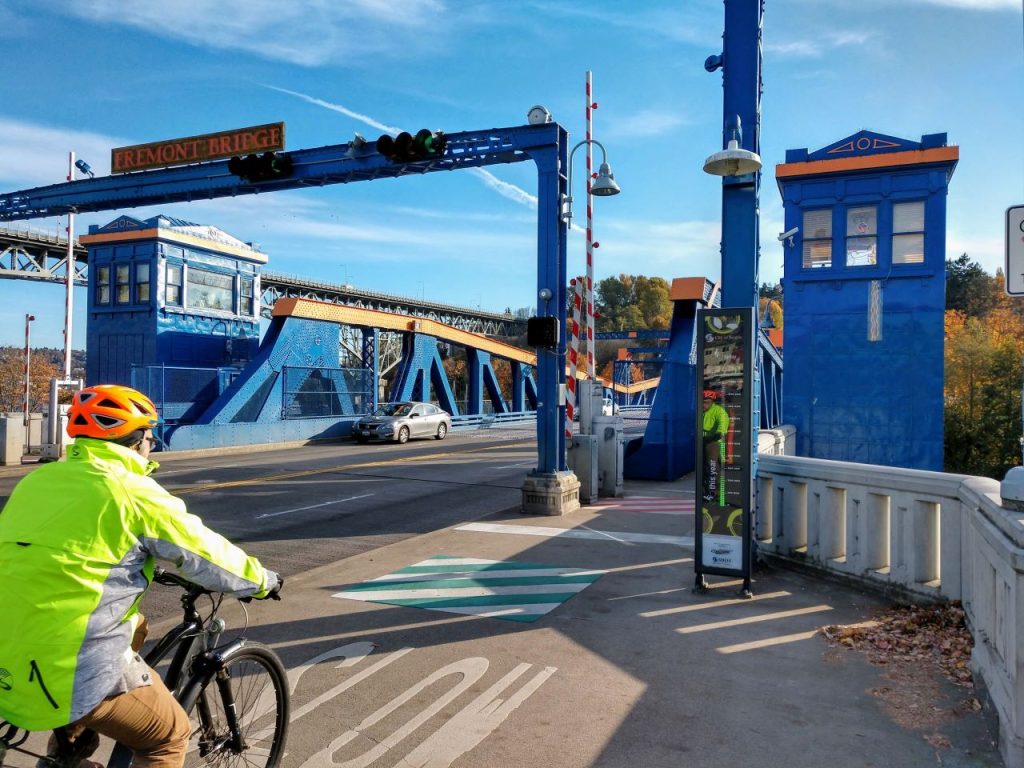
But there are other places where SDOT could receive bridge upgrade funding apart from the RAISE grant program. Washington as a whole is set to receive $653 million in bridge funding over five years: Seattle’s canal bridges are going to be ranked very highly when competing for that pot of money. RAISE grants are traditionally a funding source for upgrade projects, not maintenance or preservation. The decision to pass on applying for this specific project isn’t incredibly surprising. But it shows the department is pursing every avenue to avoid having to take on debt to pay for these projects.
Another discarded RAISE grant proposal was one for “Transit Corridor and Mobility Hubs Activation” as part of SDOT’s Transportation Equity Framework (TEF). It’s not completely clear what this project is, which is one reason why it was deemed premature for grant application. The “[p]roject is not thoroughly scoped and needs more time to develop partnerships,” the memo states. “Could be a candidate next year if planning grants are offered again and the project is able to meet minimum grant requirements and criteria, including the minimum $5M grant size threshold.”
Also on the list was planning for areaways management: areaways are the spaces underneath sidewalks and streets in neighborhoods like Pioneer Square that require upkeep in order to keep traffic (vehicle or pedestrian) moving on the surface. This too was deemed too small for a RAISE grant.
Finally, one proposal brought up in the memo was the idea that SDOT and Sound Transit should partner together on a project for a joint RAISE grant application. “Coordinate with Sound Transit (ST) to see if they’re interested in scoping and delivering a transit access project within Seattle,” the memo item reads. This idea wasn’t advanced because it’s not fully fleshed out either, with Sound Transit already having submitted its own RAISE grant proposal (see below). But seeing this item listed, one can’t help but wonder if the two agencies couldn’t be better coordinated in order to take advantage of the coming federal funding opportunities.
An Opening for Other Regional Governments
We don’t have a full list of the other area cities and transit agencies that have applied for RAISE grants, but we do know what some of the top contenders are likely to be. King County Metro has submitted an application for construction funds for its South Base Annex project. The transit agency has requested $25 million out of a total cost of $415 million, a very sizable local match. This legislative session, the project was awarded $10 million by the Move Ahead Washington transportation state package.
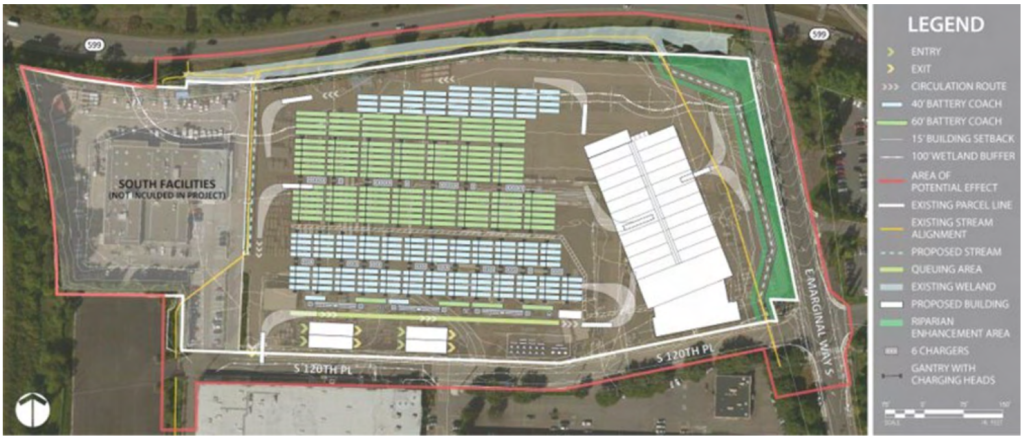
Sound Transit has submitted an application for funding for its Stride S1 bus rapid transit line between Bellevue and Burien, a project currently set to open in 2026. The project already secured a Federal Transit Administration grant in the amount of $12.9 million as well as a special $3 million earmark in the federal 2022 appropriations bill. That might put it at a disadvantage for this RAISE cycle, but Sound Transit isn’t holding off on applying for funding just because they might not be as competitive.
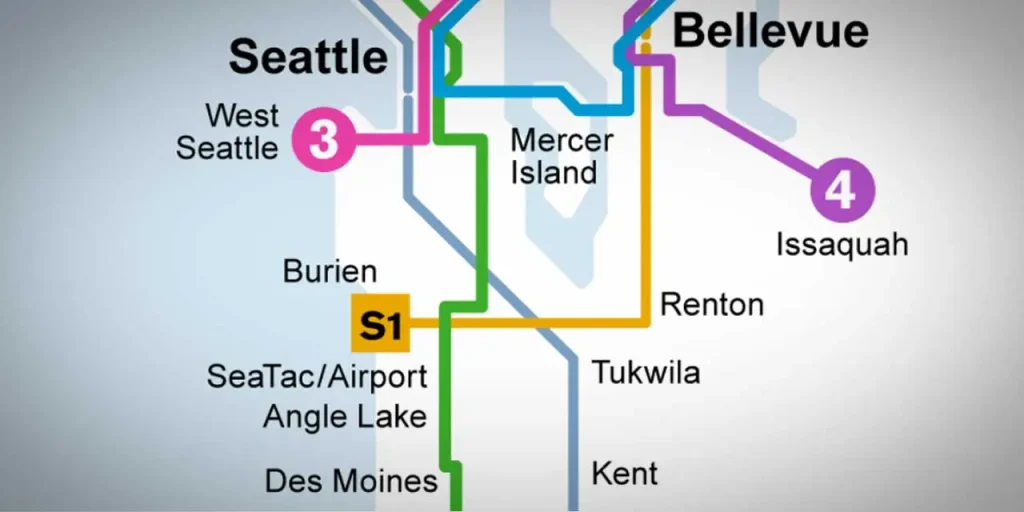
Seattle stepping back from the RAISE grant pool may make room for other agencies around the region, but it raises questions about how the Seattle Department of Transportation will evolve under Mayor Bruce Harrell, who so far has not appeared keen to dive into transportation issues. This spring, the Mayor said that getting the West Seattle Bridge up and running was his top transportation priority, ahead of reducing fatalities on the city’s roadways or shifting trips away from personal automobiles. What the SDOT memo makes clear is that a lot more work is going to be needed to replenish the pool of projects, a task that may be left to a new SDOT Director with not a lot of support from outside the department.
Ryan Packer has been writing for The Urbanist since 2015, and currently reports full-time as Contributing Editor. Their beats are transportation, land use, public space, traffic safety, and obscure community meetings. Packer has also reported for other regional outlets including BikePortland, Seattle Met, and PubliCola. They live in the Capitol Hill neighborhood of Seattle.

